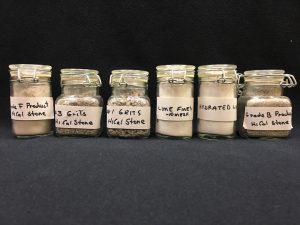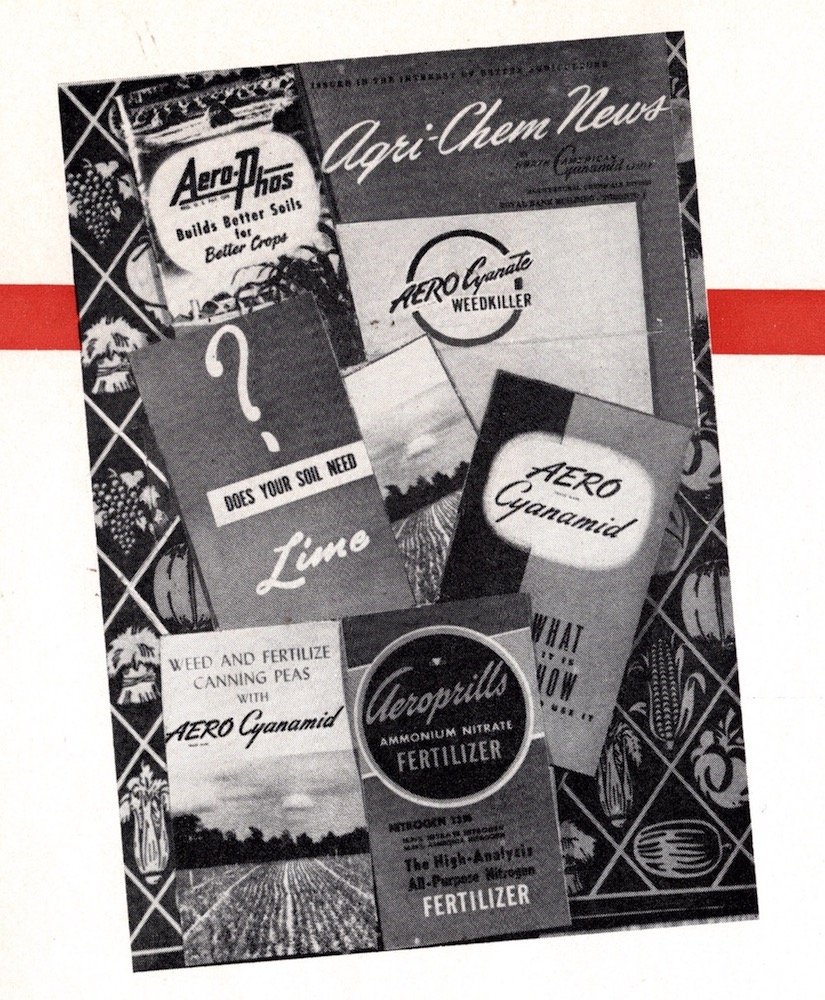Limestone’s Everyday Uses
Rock carried from the blasting site onto the primary crusher can find its way through secondary and tertiary crushing stations. From there, it is sent to screening plants used to sort the rock into over 10 different sizes or grades. Some stone grades are 10 inches wide, while the fragments from the kilns have been turned to dust. At “grade FF,” the stone has a texture similar to flour.
Limestone can be made into multiple valuable products, whether maintained in huge blocks, pulverized, or melted down into quicklime.
Limestone appears as crushed stone along our roads in landscaping and building projects. Limestone powder is mixed with asphalt to produce shingles or with water and sand to make plaster.
Lime is essential to manufacturing industries – especially in producing glass, paper and steel. It removes impurities like silica, phosphorus and sulphur from these materials. In the refinery of sugar, it reduces contaminants from sugar cane. It has even been used in toothpaste as an abrasive that helps clean and whiten teeth.
Since the main component of limestone is calcium carbonate, lime plays many roles in environmental protection. It neutralizes acid rain and removes sulphur dioxide from the air.
Lime also has great value in the agricultural sector. As far back as the 1930s, the Cyanamid Company began creating compounds and using limestone for farming purposes. Lime acts as a chemical fertilizer to help crops grow. It releases a base into the soil and helps lower acidity levels.
As the known uses of limestone expanded, so did the need for access to reserves of this natural resource in Beachville. Next, let’s look at how the owners of Beachville’s quarries ensured their stone supply.



